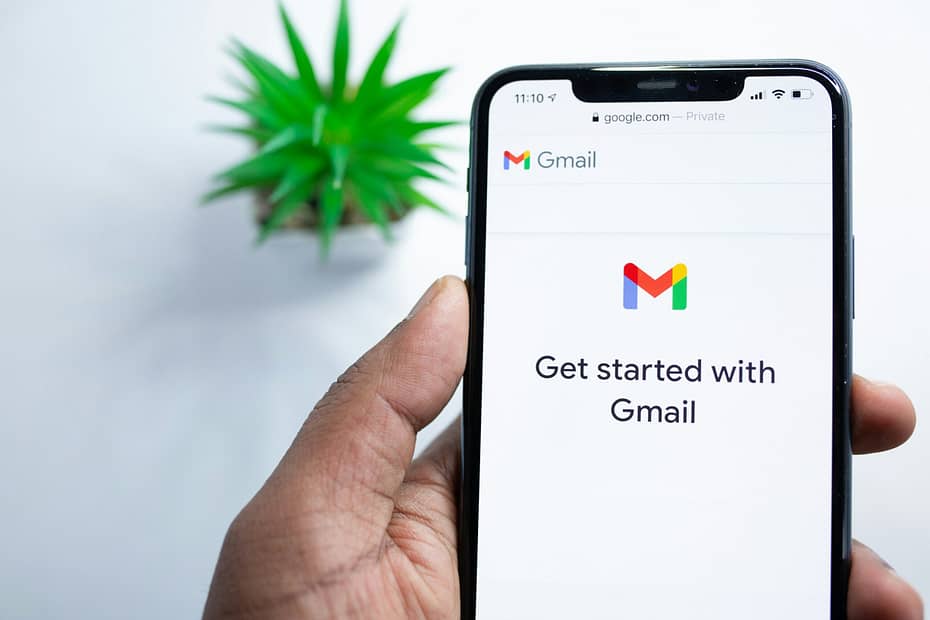Heads up! We have some important information to share. You might have heard about the new Google and Yahoo sender guidelines coming into effect soon. Starting February 1st, these email providers are introducing strict new requirements for email sent to their users.
As email continues to be a vital communication tool for businesses and individuals, it’s crucial to stay updated on any changes that may impact email deliverability and user experience. In this blog post, we will dive into the details of the new sender guidelines from Google and Yahoo and discuss what you need to know.
What are the new sender guidelines?
Google and Yahoo, two of the most popular email providers, are implementing these new guidelines to enhance email security and protect their users from spam, phishing, and other malicious activities. The guidelines aim to ensure that only legitimate, trustworthy senders can reach users’ inboxes.
Here are some key highlights of the new sender guidelines:
- Authentication: Email senders will be required to authenticate their emails using technologies like SPF (Sender Policy Framework), DKIM (DomainKeys Identified Mail), and DMARC (Domain-based Message Authentication, Reporting, and Conformance). These authentication methods help verify the sender’s identity and prevent email spoofing.
- Sender Reputation: Email senders’ reputation will play a significant role in email deliverability. Google and Yahoo will closely monitor sender behavior, including factors like email volume, bounce rates, spam complaints, and engagement metrics. Maintaining a good sender reputation is crucial to ensure your emails reach the recipients’ inbox.
- Content Quality: The new guidelines emphasize the importance of high-quality, relevant content in email communications. Email senders should focus on providing value to recipients and avoid using misleading subject lines or deceptive practices.
- Unsubscribe Mechanism: Every email should include a clear and easy-to-use unsubscribe mechanism. Users should have the option to opt-out of receiving further emails from the sender.
How will these guidelines affect email senders?
With the implementation of these new guidelines, email senders need to take proactive steps to ensure compliance and maintain a positive sender reputation. Here are a few important considerations:
- Email Authentication: Implement SPF, DKIM, and DMARC to authenticate your emails and prevent unauthorized use of your domain.
- Sender Reputation Management: Monitor your sender reputation regularly and address any issues that may negatively impact it. Keep an eye on your email metrics, such as bounce rates and spam complaints, and take necessary actions to improve them.
- Content Strategy: Focus on creating high-quality, relevant content that provides value to your recipients. Avoid using deceptive tactics or misleading subject lines that can harm your sender reputation.
- Opt-Out Process: Ensure that every email you send includes a visible and easy-to-use unsubscribe mechanism. Respect users’ preferences and promptly honor their requests to opt-out.
Conclusion
The new sender guidelines from Google and Yahoo mark an important step towards improving email security and user experience. By adhering to these guidelines, email senders can enhance their chances of reaching users’ inboxes and build trust with their recipients.
As February 1st approaches, it’s crucial for businesses and individuals to familiarize themselves with the new requirements and take necessary actions to comply with the guidelines. By implementing email authentication, managing sender reputation, focusing on content quality, and respecting users’ preferences, email senders can navigate these changes successfully.
Remember, staying informed and adapting to industry changes is key to maintaining effective email communication. Keep an eye on further updates from Google, Yahoo, and other email providers to ensure your email practices align with the latest guidelines.
